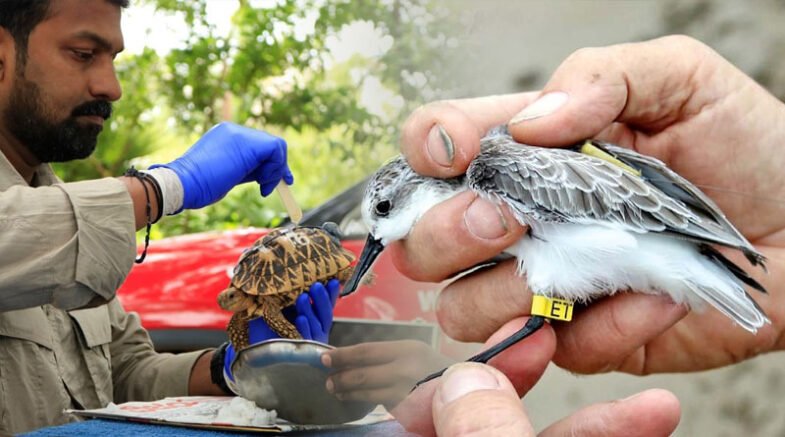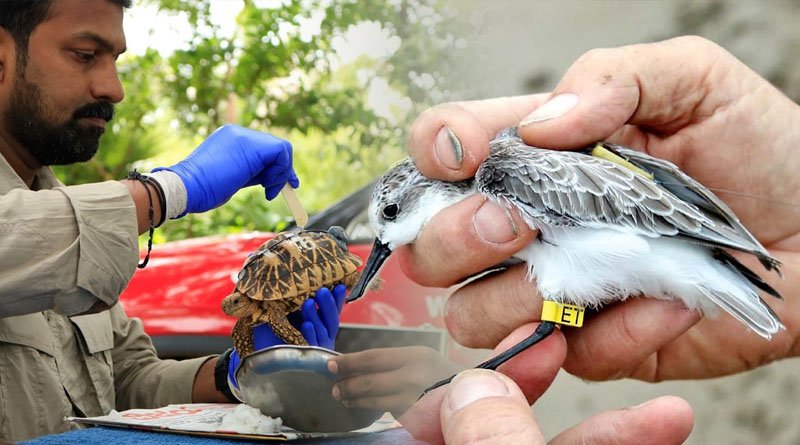According to the forest department, work will be done throughout the year to protect wild birds in all of Punjab’s forests and to breed all such birds whose species are declining.

The Department of Forests and Wildlife Preservation has developed a project for the breeding and conservation of wild birds, water birds, and wild animals, as well as their data collection and mapping via remote sensing and geographic information systems (GIS) in all government and private forests and national parks.
According to sources, it will be implemented as part of the 10 billion tree tsunami project. The extension of the 10 billion tree tsunami project until 2023 has also been approved.
According to sources, this project will collect data on all types of trees in forests, and millions of new trees will be planted during the spring plantation campaign in February. A two-day officer training course has also been completed for the formal launch of this project, the sources added.
The training program for conservation of wildlife was attended by the department’s network administrators, geographic information system developers, remote sensing analysts, GIS analysts, and data entry operators.
Representatives from the World Wide Fund for Nature—Pakistan also took part in the event. Green Pakistan Project Director Mudassir Hasan, among others, delivered lectures on the subject.
According to the forest department, work will be done throughout the year to protect wild birds in all of Punjab’s forests and to breed all such birds whose species are declining.
The project will prohibit the hunting of wild animals, wild birds, and waterfowl, while fruit trees will be planted in the forests to provide food for them. In the forests, fish ponds will be released. Its objective is to ensure the breeding of waterfowl and their long and permanent stay in forests for food.
Under this project, offices will be monitored around the clock using CCTV cameras, and more trees will be planted in each forest to aid in the breeding of wild animals.
Every public and private forest, as well as the national park, will be fully densified, and Miyawaki forests will be planted in government forests. The number of national parks will also be increased, and the services of farmers and gardeners will also be obtained for this project.
